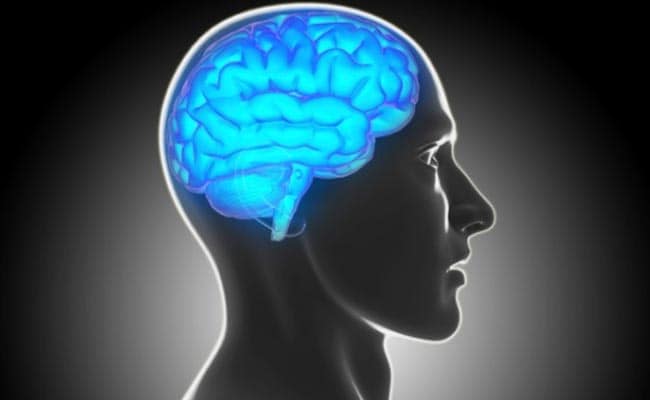
Cells from the skin of several healthy adults were used to create the mini-brains. (Representational Image)
The creation of these ‘mini-brains’ could dramatically change how new drugs are tested for effectiveness and safety, researchers said.
Performing research using these balls of brain cells that grow and form brain-like structures on their own over the course of eight weeks should be superior to studying mice and rats because they are derived from human cells instead of rodents, they said.
“Ninety-five per cent of drugs that look promising when tested in animal models fail once they are tested in humans at great expense of time and money,” said study leader Thomas Hartung, professor at Johns Hopkins University in US.
“While rodent models have been useful, we are not 150-pound rats. And even though we are not balls of cells either, you can often get much better information from these balls of cells than from rodents,” said Mr Hartung.
“We believe that the future of brain research will include less reliance on animals, more reliance on human, cell-based models,” he said.
Researchers, including Anupama Kumar of John Hopkins University, created the brains using what are known as induced pluripotent stem cells (iPSCs).
These are adult cells that have been genetically reprogrammed to an embryonic stem cell-like state and then are stimulated to grow into brain cells.
Cells from the skin of several healthy adults were used to create the mini-brains, but Mr Hartung said that cells from people with certain genetic traits or certain diseases can be used to create brains to study various types of pharmaceuticals.
The brains can be used to study Alzheimer’s disease, Parkinson’s disease, multiple sclerosis and even autism. The mini-brains are very small – at 350 micrometres in diameter, or about the size of the eye of a housefly, they are just visible to the human eye – and hundreds to thousands of exact copies can be produced in each batch.
One hundred of them can grow easily in the same petri dish in the lab.
After cultivating the mini-brains for about two months, the brains developed four types of neurons and two types of support cells – astrocytes and oligodendrocytes, the latter of which go on to create myelin, which insulates the neuron’s axons and allows them to communicate faster.
The researchers could watch the myelin developing and could see it begin to sheath the axons. The brains even showed spontaneous electrophysiological activity, which could be recorded with electrodes, similar to an electroencephalogram, also known as EEG.
To test them, the researchers placed a mini-brain on an array of electrodes and listened to the spontaneous electrical communication of the neurons as test drugs were added.





